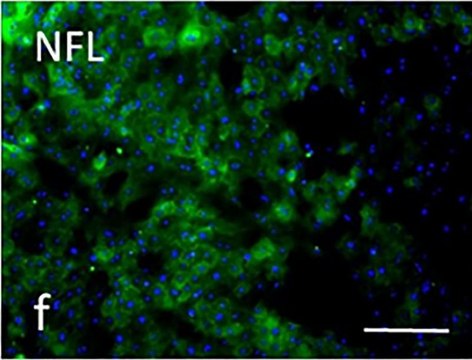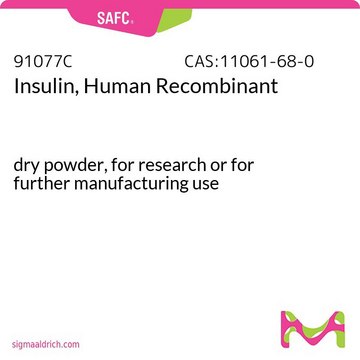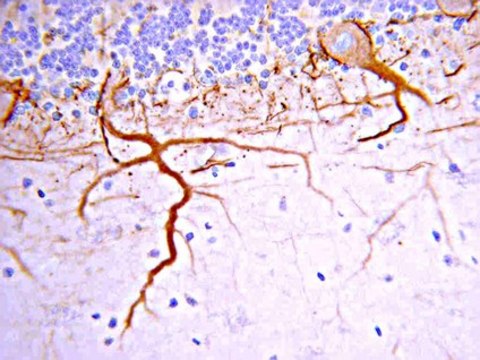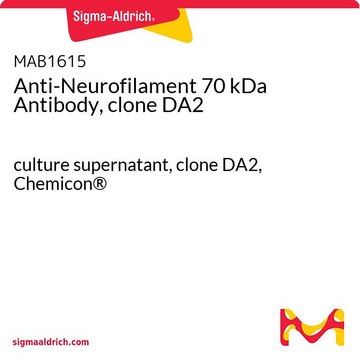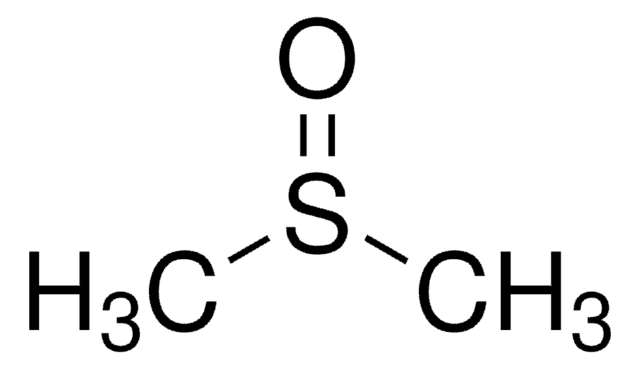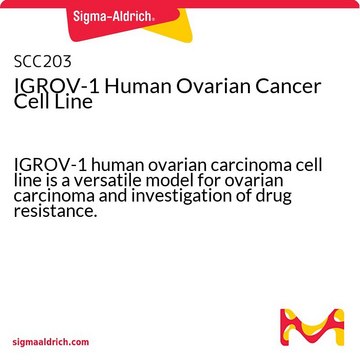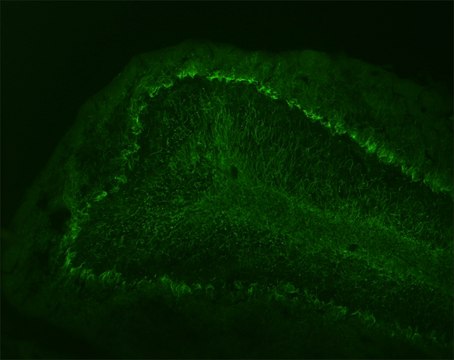MABN2431
Anti-phospho-NFL (Ser473) Antibody, clone 4F8
clone 4F8, from mouse
Synonym(s):
Neurofilament light polypeptide, 68 kDa neurofilament protein, Neurofilament triplet L protein
About This Item
Recommended Products
biological source
mouse
Quality Level
antibody form
purified antibody
antibody product type
primary antibodies
clone
4F8, monoclonal
species reactivity
human, mouse
species reactivity (predicted by homology)
rat (based on 100% sequence homology), bovine (based on 100% sequence homology), porcine (based on 100% sequence homology), rhesus macaque (based on 100% sequence homology)
packaging
antibody small pack of 25 μL
technique(s)
immunohistochemistry: suitable
western blot: suitable
isotype
IgG1κ
NCBI accession no.
UniProt accession no.
target post-translational modification
phosphorylation (pSer473)
Gene Information
human ... NEFL(4747)
Related Categories
General description
Specificity
Immunogen
Application
Western Blotting Analysis: A representative lot detected phospho-NFL (Ser473) in Western Blotting applications (Rutherford, N.J., et. al. (2016). Acta Neuropathol Commun. 4(1):80).
Neuroscience
Quality
Western Blotting Analysis: A 1:500 dilution of this antibody detected phospho-NFL (Ser473) in mouse brain tissue lysate.
Target description
Physical form
Storage and Stability
Other Notes
Disclaimer
Not finding the right product?
Try our Product Selector Tool.
Regulatory Information
Certificates of Analysis (COA)
Search for Certificates of Analysis (COA) by entering the products Lot/Batch Number. Lot and Batch Numbers can be found on a product’s label following the words ‘Lot’ or ‘Batch’.
Already Own This Product?
Find documentation for the products that you have recently purchased in the Document Library.
Our team of scientists has experience in all areas of research including Life Science, Material Science, Chemical Synthesis, Chromatography, Analytical and many others.
Contact Technical Service
